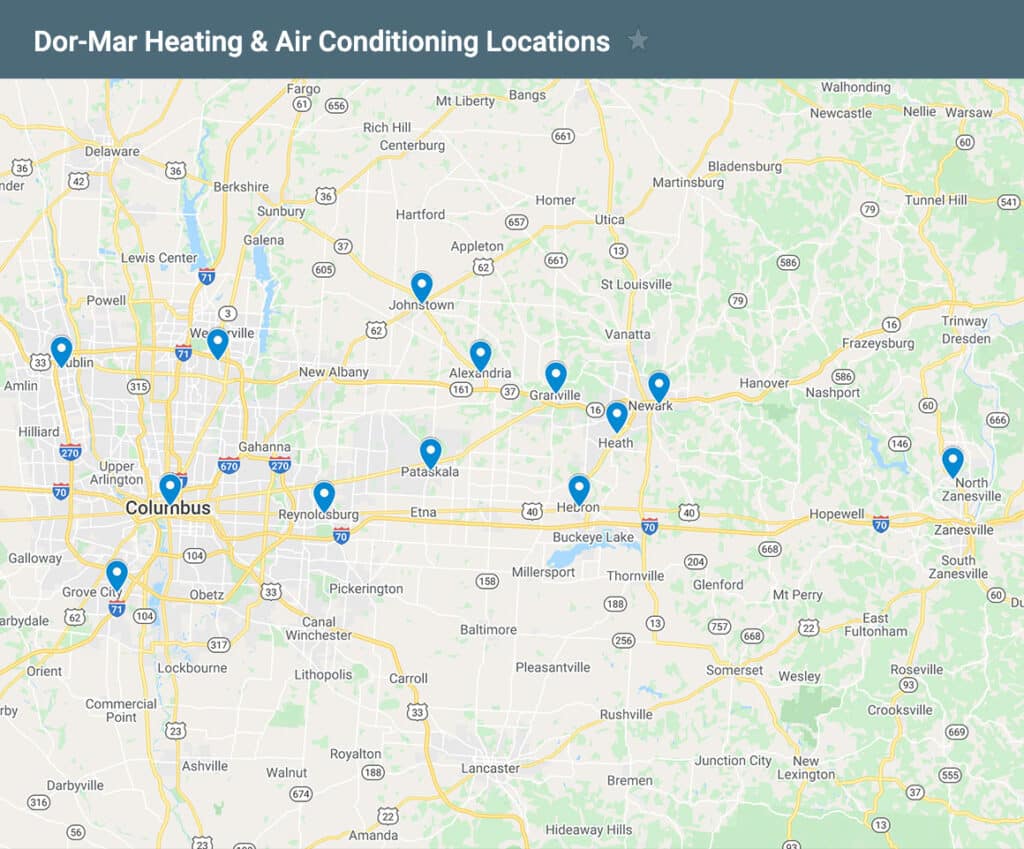Dor-Mar Homeowner's Blog

How Radon Affects Home Insurance (What Companies Won’t Tell You)
Did you know that an invisible, odorless gas could be affecting your home insurance rates? Radon, a naturally occurring radioactive gas, is a silent threat that many homeowners overlook. While most people know about its health risks, few realize its potential impact on home insurance. What do insurance companies avoid telling you about radon? And how does it affect your policy? Let’s dive into the details and uncover the truth. What is Radon and Why

Landlords Beware! Why You Could Be Sued for Radon Exposure
As a landlord, you have a legal and ethical obligation to provide a safe living environment for your tenants. While many property owners focus on visible dangers like mold, lead paint, or faulty wiring, there’s a silent killer that often goes unnoticed in Ohio: radon gas. This odorless, colorless, and tasteless radioactive gas can pose serious health risks, and failure to address it could lead to costly lawsuits. If you’re renting out a property, it’s

How Long Does Radon Remediation Take? (and What to Expect)
Radon is an invisible, odorless gas that can seep into homes and pose serious health risks. If you’ve discovered high radon levels in your home, you’re probably wondering: How long does radon remediation take? The good news is that the process is typically quick and effective. In this guide, we’ll break down the radon remediation process, its timeline, and what you can expect along the way. What is Radon and Why is it Dangerous? Radon

DIY Radon Testing: Cheap and Easy or a Dangerous Mistake?
Protect Your Home with Radon Testing from Dor-Mar Radon is an invisible, odorless gas that can seep into homes from the soil. Long-term exposure is the second leading cause of lung cancer in the United States. Testing for radon is the only way to know if your home has dangerous levels. But is a DIY radon test enough, or should you invest in a professional test? Let’s break down the costs, risks, and best options

Radon Levels Too High? Here’s What You Must Do Immediately
Radon is an invisible, odorless gas that can pose a serious health risk to you and your family. If your home has high radon levels, you need to act fast to reduce exposure. Ignoring this issue can lead to long-term health problems, including lung cancer. In this guide, we’ll walk you through what radon is, how to test for it, and the steps you need to take to lower dangerous radon levels in your home.

Why Ignoring Radon Can Cost You More Than Just Your Health
Radon is an invisible threat lurking in homes across the country. This radioactive gas can seep into your home without any warning signs, putting you and your loved ones at risk. Many homeowners overlook radon because it has no smell, taste, or immediate symptoms. However, prolonged exposure can cause serious health issues, including lung cancer. Beyond the health concerns, ignoring radon can also hit your wallet. From expensive medical bills to a drop in your

Radon in Your Home? How to Find Out Before It’s Too Late!
Radon gas is an invisible, odorless, and tasteless radioactive gas that can seep into your home without warning. Long-term exposure to high radon levels is the second leading cause of lung cancer in the United States, making it a silent but deadly threat. If you’re unsure whether your home is at risk, now is the time to take action before it’s too late! What is Radon and Why Should You Care? Radon is naturally released

Radon in Your Home? How to Find Out Before It’s Too Late!
Radon gas is an invisible, odorless, and tasteless radioactive gas that can seep into your home without warning. Long-term exposure to high radon levels is the second leading cause of lung cancer in the United States, making it a silent but deadly threat. If you’re unsure whether your home is at risk, now is the time to take action before it’s too late! What is Radon and Why Should You Care? Radon is naturally released

Tax Credits, Rebates, and Incentives for Ohio Homeowners Installing High-Efficiency Heating and Cooling Equipment
Upgrading to high-efficiency heating and cooling systems is a smart move for Ohio homeowners, offering enhanced comfort, reduced energy bills, and a smaller environmental footprint. To make these upgrades more affordable, various federal tax credits, state incentives, and utility company rebates are available. Let’s explore the specific opportunities as of January 3, 2024. Federal Tax Credits for Energy Efficiency The Energy Efficient Home Improvement Credit, part of the Inflation Reduction Act, provides substantial tax benefits



